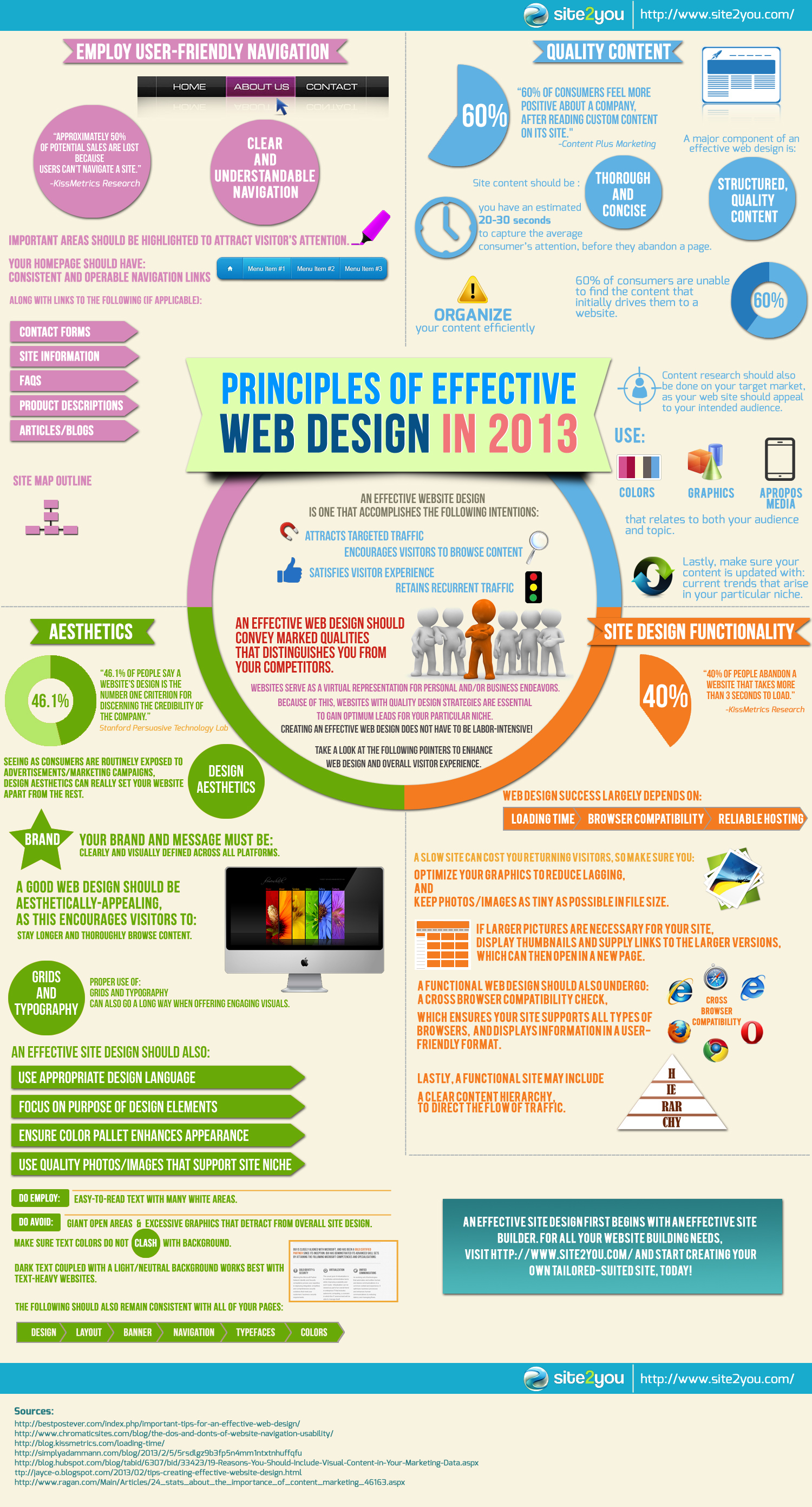The Advancement Of Web Design: Then And Now
The Advancement Of Web Design: Then And Now
Blog Article
Composed By-Rasmussen Hyldgaard
In the past, web sites were easy and concentrated on information. Navigation was direct, and design was for desktops. Now, individual experience is key. Information guides styles for simple navigation. Receptive designs suit different gadgets. Today, dark setting reduces pressure, and minimalist food selections improve navigation. Interactive functions engage individuals, and strong visuals attract attention. AI assimilation improves interaction. See exactly how design has advanced to enhance your on-line trip.
Early Days of Website Design
In the early days of website design, simplicity preponderated. Internet sites were fundamental, with limited colors, fonts, and designs. The emphasis got on giving info as opposed to flashy visuals. Customers accessed the internet through slow-moving dial-up links, so speed and functionality were key.
Navigation food selections were straightforward, commonly located on top or side of the page. Web sites were made for desktop computers, as mobile browsing wasn't yet prevalent. Content was king, and designers prioritized very easy readability over complicated layout components.
HTML was the primary coding language made use of, and developers had to function within its restraints. Animations and interactive functions were minimal contrasted to today's requirements. Sites were static, with little vibrant content or personalized customer experiences.
Rise of User-Focused Layout
With the advancement of site layout, a shift towards user-focused style principles has come to be progressively famous. Today, producing websites that focus on customer experience is vital for engaging site visitors and attaining business goals. User-focused design entails comprehending the needs, choices, and behaviors of your target audience to tailor the internet site's format, content, and features accordingly.
Developers now carry out complete research study, such as user surveys and use testing, to collect insights and responses directly from individuals. This data-driven strategy assists in producing instinctive navigating, clear calls-to-action, and aesthetically attractive interfaces that resonate with visitors. By putting https://www.forbes.com/sites/forbescommunicationscouncil/2022/05/06/three-tips-for-building-a-gen-z-marketing-plan/ at the facility of the style procedure, sites can deliver a more personalized and satisfying experience.
Receptive layout has actually additionally become an essential element of user-focused layout, making certain that sites are optimized for various devices and display sizes. This flexibility improves accessibility and usability, catering to the varied means users engage with web sites today. Basically, the surge of user-focused layout signifies a shift towards producing electronic experiences that focus on the needs and expectations of the end user.
Modern Trends in Website Design
Explore the latest patterns shaping web design today. One famous trend is dark setting style, providing a streamlined and modern look while decreasing eye strain in low-light environments. One more vital fad is minimalist navigating, streamlining food selections and boosting user experience by focusing on essential elements. Integrating micro-interactions, such as animated switches or scrolling effects, can produce an extra interesting and interactive internet site. Receptive layout remains critical, guaranteeing seamless user experiences across different devices. Additionally, utilizing strong typography and unbalanced formats can add visual passion and accentuate specific web content.
Integrating marketing agency fort worth tx , like chatbots for customer support or tailored suggestions, boosts individual involvement and improves procedures. Accessibility has also become a significant trend, with developers focusing on comprehensive layout practices to deal with diverse individual requirements. Welcoming sustainability by maximizing web site efficiency for rate and efficiency is another arising fad in web design. Teaming up with user comments and information analytics to iterate and improve design continually is crucial for staying appropriate in the ever-evolving electronic landscape. By accepting these modern patterns, you can develop a visually enticing, straightforward website that reverberates with your target market.
Conclusion
As you review the evolution of website layout from the very early days to now, you can see just how user-focused style has actually come to be the driving pressure behind modern-day fads.
Accept the trip of modification and adjustment in website design, always maintaining the individual experience at the center.
Keep present with the most up to date patterns and innovations, and never stop evolving your strategy to produce aesthetically sensational and user-friendly web sites.
Evolve, adjust, and produce - the future of website design is in your hands.
